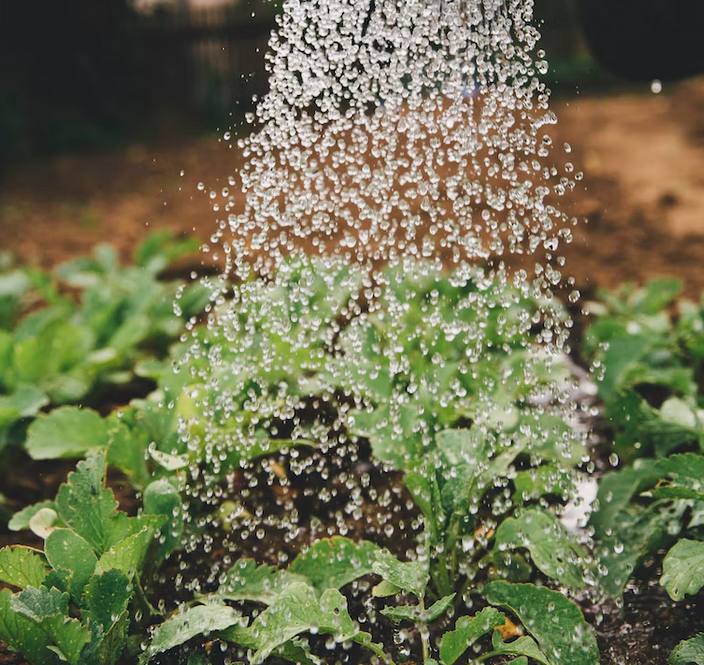As the severe drought in our area continues, here are researched best practices from the University of California Cooperative Extension Master Gardeners to effectively irrigate our gardens.
Check soil moisture. Before you water, check for dryness of the soil 4-6 inches down. If it is moist, there is no need to water. Your finger works very well for this task. Compost, compost, compost. Adding organic matter to the soil increases its water holding capacity.
Mulch, mulch, mulch. Covering the surface of the soil decreases the rate of evaporation by approximately 50% and cuts down on thirsty weeds.
Water early or late. There is less water loss in the cooler times of the day. Apply water slowly to the base of plants. Be sure that the water only goes to the plant’s roots, not on the leaves, and it doesn’t run off to the edges of the plot. Water deeply and less often to encourage roots to go deep into the soil.
By implementing these practices, we will reduce our use of water and our plants will be healthier.

